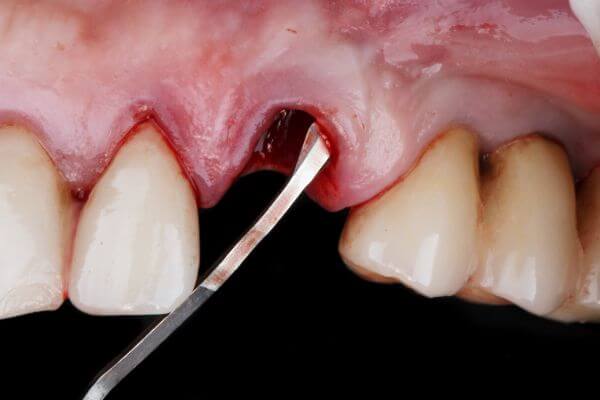Gum Surgery
Gum Graft Surgery
Gum graft surgery is a dental procedure for treating thinning gums or gum recession. Gum grafting covers exposed teeth roots and adds volume to your gum line, improving overall oral health. Recovery usually takes one week to two weeks, but it may take longer. Gum grafting has a good success rate and can reduce your risk of severe gum disease.
What is a gum graft?
A gum graft is a type of dental surgery. It treats gum recession, a condition where your gums pull away from your teeth and expose the roots underneath. Exposed teeth roots increase your risk of tooth decay, sensitivity and bone loss around teeth. Gum grafting replaces the lost tissue around your teeth and improves your overall oral health.
Gum grafting surgery is usually done by a periodontist (a gum specialist). In the U.S., a periodontist receives three additional years of focused training after graduating from a four-year dental school.
Who needs to have gum grafting?
Your dentist will likely recommend gum grafting if you have gum recession. In many cases, receding gums are a symptom of severe gum disease, but people can also be genetically prone to thinning gums. You can also develop gum recession if you brush too aggressively.
How common is gum graft surgery?
Before the procedure, the dentist or oral surgeon will review the patient's medical history and take any necessary X-rays or scans to evaluate the tooth and surrounding structures.
What happens during gum graft surgery?
There are many gum grafting techniques and materials available. Periodontists commonly take tissue from your palate (the roof of your mouth) and move it to the area of recession. In some cases, though, they may use a substitute grafting material, which they can purchase from a licensed bone and tissue bank.

